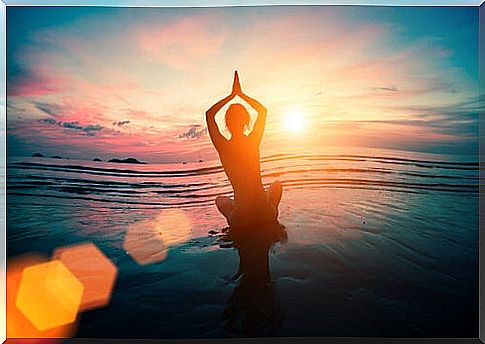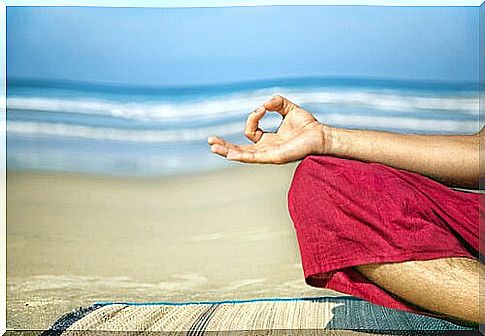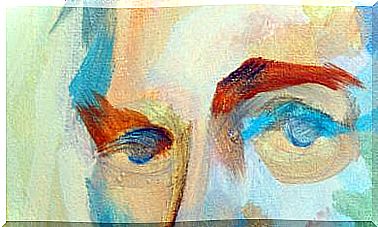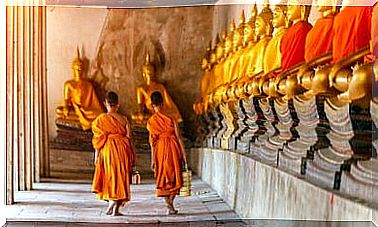The 4 Paths Of Yoga

Yoga is an ancient oriental technique that is practiced today in the West almost like any other sports discipline. We can find it in specialized centers or gyms, combined with other sports practices, such as Pilates. However, if what we are looking for is a correct practice of yoga, we must follow a series of guidelines taking into account that in its practice there are two equally important components: both the physical and the mental. Thus, for a comprehensive development it is recommended to follow the 4 paths of yoga.
These 4 paths of yoga stimulate our development in different planes: action, spirituality, wisdom and mental and physical control.
Karma yoga, the first path of yoga
This is the so-called “yoga of action”. It is based, as its name suggests, on the conscious performance of those who practice it. It is associated with aspects such as attitude, duty, motivation or resignation.
The main objective of the first of the 4 paths of yoga is religious devotion : the individual must give himself unconditionally to what he believes in, leaving aside the hypotheses about the result. Thus, a maxim is exemplified: the path is much more important than the destination, and in it one must fulfill the dharma or religious duty. The karma , ie the action must target to God, so that occurs moksha (liberation).

There are different ways of understanding this yoga class, although they all come together in selfless work (which may or may not be material). The result of that work will be correct, regardless of whether it is beneficial or not depending on the degree of devotion of the person.
Bhakti yoga, second path of yoga
This yoga class is related to spirituality. In it, the relationship between God and the believer becomes important. This relationship is established by reciting the name of the god in the form of a mantra; devotees also achieve this relationship by singing hymns, even with emblems. Another important part is the pilgrimage to religious sites.
All these actions would bring the person closer to his deity, and would translate into relationships of all kinds. That is why there are those who consider this yoga class as a religious and non-religious discipline at the same time. Establishing a relationship with God through bhakti yoga can mean becoming a friend of the deity, while generating a duty to her.
Jñāna yoga, third path of yoga
Also called gnana yoga , it is the branch that considers wisdom or absolute knowledge to be the most appropriate way of approaching God. In this discipline, distinguish between the material and the immaterial, between what is real or not. Sense and impulse control is also practiced as a test of wisdom. The renunciation of pleasure and concentration are also fundamental.
Followers of this doctrine must have total control of their emotions, their sensory experiences and dedicate their existence to knowledge. This is part of your devotion to God.

Raya yoga, fourth path of yoga
The last of the 4 paths of yoga, rāja yoga , is described in the oldest known yoga book: Yoga sūtra. This doctrine considers mental and physical control as a fundamental element as a method to approach God. Its doctrine is not very clear, so it has often been confused or merged with other yoga classes. Among the yoga classes that are related to this doctrine is the h atha yoga , one of the most widespread yoga methods in the world, based on asanas or postures.
The practice of raya yoga in many cases involves meditation. To practice it, a quiet place should be found in which, sitting, the individual can focus on the present and get away from external noises. Upon reaching a state of peace of mind, the practitioner must learn to achieve that state of peace of mind in their day-to-day life.
These 4 paths of yoga are very ancient religious practices, described in books that are difficult to interpret. Today, our conception of yoga involves interpreting them from our western perspective, taking what interests us. We may simply want to get away from stress, relieve back pain, or connect with our spirituality in another way.









